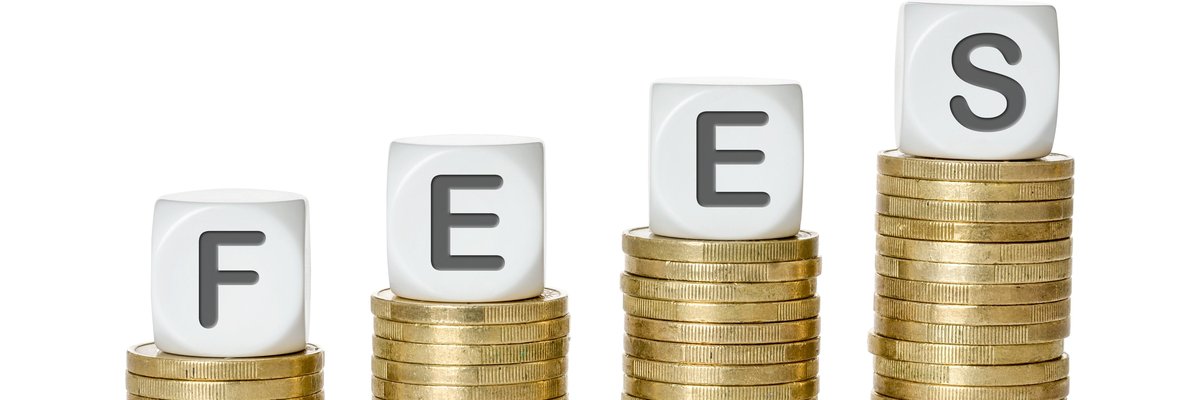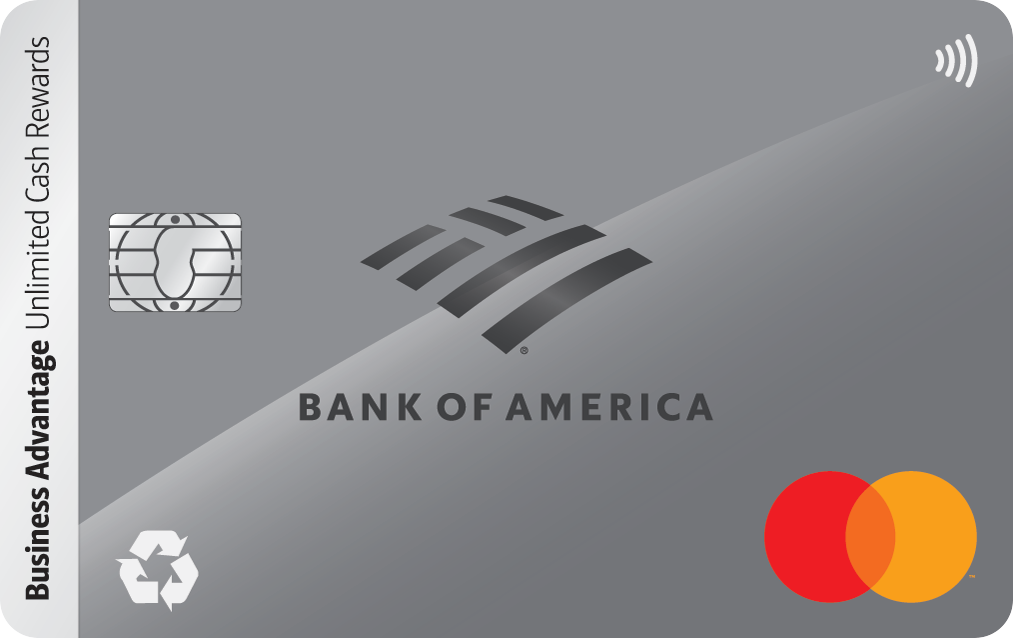Forget Interest Payments: Here Are 7 Other Surprising Ways Credit Cards Make Money

Image source: Getty Images
Most people know the big one. If you carry a balance, you pay interest, and that interest is sky high. The average credit card APR now sits above 20%. For banks, that's the main event.
But that's only part of the story. Even if you never pay a dollar of interest, credit card companies still make plenty of money from you. And that explains how issuers can afford sign-up bonuses, cash back, points programs, and even no-annual-fee cards.
Here are the lesser-known ways credit card companies actually make money.
1. Interchange fees on every swipe
Every time you tap, insert, or swipe, the merchant pays a small fee to process the transaction. It's usually around 1% to 3%. You never see it, but the bank does. This is why cards with higher rewards often cost merchants more to accept. And it's one of the biggest reasons a no-annual-fee card can still pay 2% back without losing money.
Lowering these fees is what you've been seeing in the news concerning the Visa and Mastercard settlement.
2. Annual fees for premium perks
Banks love annual fees because they're guaranteed. A $95 travel card or a $795 premium card gives the issuer predictable revenue at the start of each year. In return, they load the card with perks, credits, and earning bonuses. If you don't use enough of those perks, the bank comes out ahead.
Some of the best cards you can get do still come with no annual fee though. You never have to stress about having them in your wallet or hitting spending caps to max out rewards. Compare the best no-annual-fee cards here.
3. Balance transfer fees
People see 0% intro APR offers and think the bank isn't making anything. But the math works differently. Most balance transfer cards charge a 3% to 5% fee upfront. If you move a $10,000 balance, that's up to $500 to the issuer on day one. Even without interest, that adds up fast.
But even after paying that fee, balance transfer cards are one of the most unsung financial heroes. Paying that $500 upfront is nothing compared to paying 25% in monthly interest on $10,000 of credit card debt. Even after paying the balance transfer fee you're still likely to save yourself thousands of dollars with a balance transfer card. Compare the best balance transfer cards available today.
4. Cash advance fees and instant interest
Cash advances are one of the most expensive transactions in the credit card world. You pay a fee to withdraw the money, and interest usually starts the same day. It's a profitable corner of the business because most people only turn to it when they're in a pinch.
5. Late fees and penalty APRs
A single missed payment can cost around $30 to $40. Miss again, and the fee often increases. Some issuers also raise your APR after repeated late payments. It's another way banks turn small mistakes into real revenue.
6. Co-branded partnerships
Airlines, retailers, and hotel chains often share revenue with card issuers. Every time you use a co-branded card, both the brand and the bank get paid. That's why these cards usually come with high bonuses. They're pulling in money from multiple directions.
Most of the best travel cards aren't co-branded though. The best travel cards earn free flights and offer lounge access without a specific airline or hotel attached. Review the details of the best travel cards here to find the best fit for your lifestyle.
7. Aggregated spending data
Issuers don't sell your personal information. But they do make money from selling anonymous, big-picture data about where people shop and how much they spend. Retailers and brands pay for these insights to plan marketing and inventory.
Credit cards work for you
Using a credit card shouldn't feel like you're constantly stepping through traps. Once you understand how banks make money, you can flip the script. Pay your balance in full, avoid the fees, and choose cards that give you more than they cost. If you do that consistently, you capture the upside while the banks make a lot less from you.
Our Research Expert


